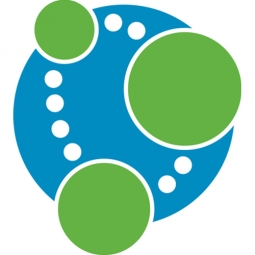Neo4j
Case Studies
Novartis Leverages IoT for Enhanced Drug Discovery
Overview
 |
Novartis Leverages IoT for Enhanced Drug DiscoveryNeo4j |

|
Analytics & Modeling - Computer Vision Software Application Infrastructure & Middleware - Data Visualization | |
Healthcare & Hospitals Mining | |
Product Research & Development | |
Clinical Image Analysis Traffic Monitoring | |
Operational Impact
| The use of Neo4j has enabled Novartis to flexibly navigate all of their data sources, which has greatly benefited their research. The merging of data has created a giant graph that aids in understanding biology and how scientific knowledge can be used to develop the next generation of medicines. The Neo4j knowledge graph captures elements needed for an operational system of biological understanding that continues to grow with expanding medical science. Researchers can now see which compounds and genes are most closely associated with diseases, and drill down into the medical literature to examine the evidence for the association. The flexibility to navigate all of these data sources has proven to be extremely powerful. | |
Quantitative Benefit
| The knowledge graph currently has half a billion relationships. | |
| The team expects to easily triple the number of relationships in the knowledge graph as data is added. | |
| The data pipeline populates 15 kinds of nodes. | |


